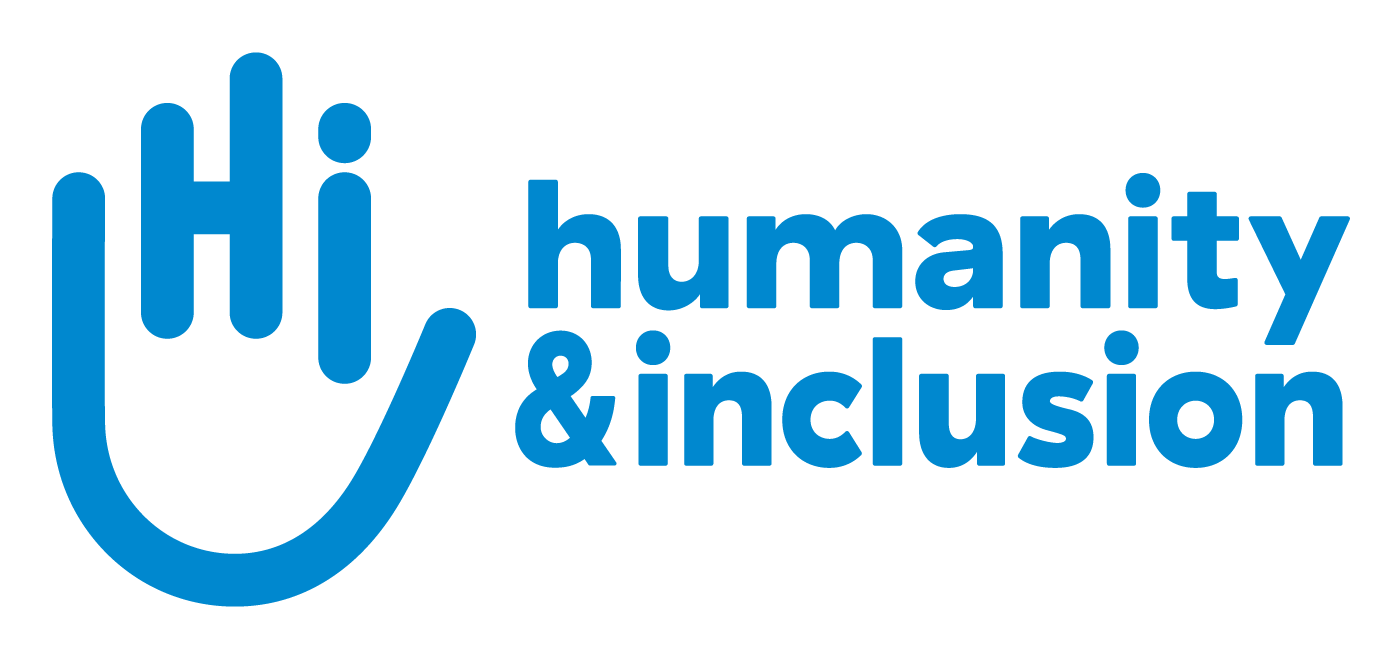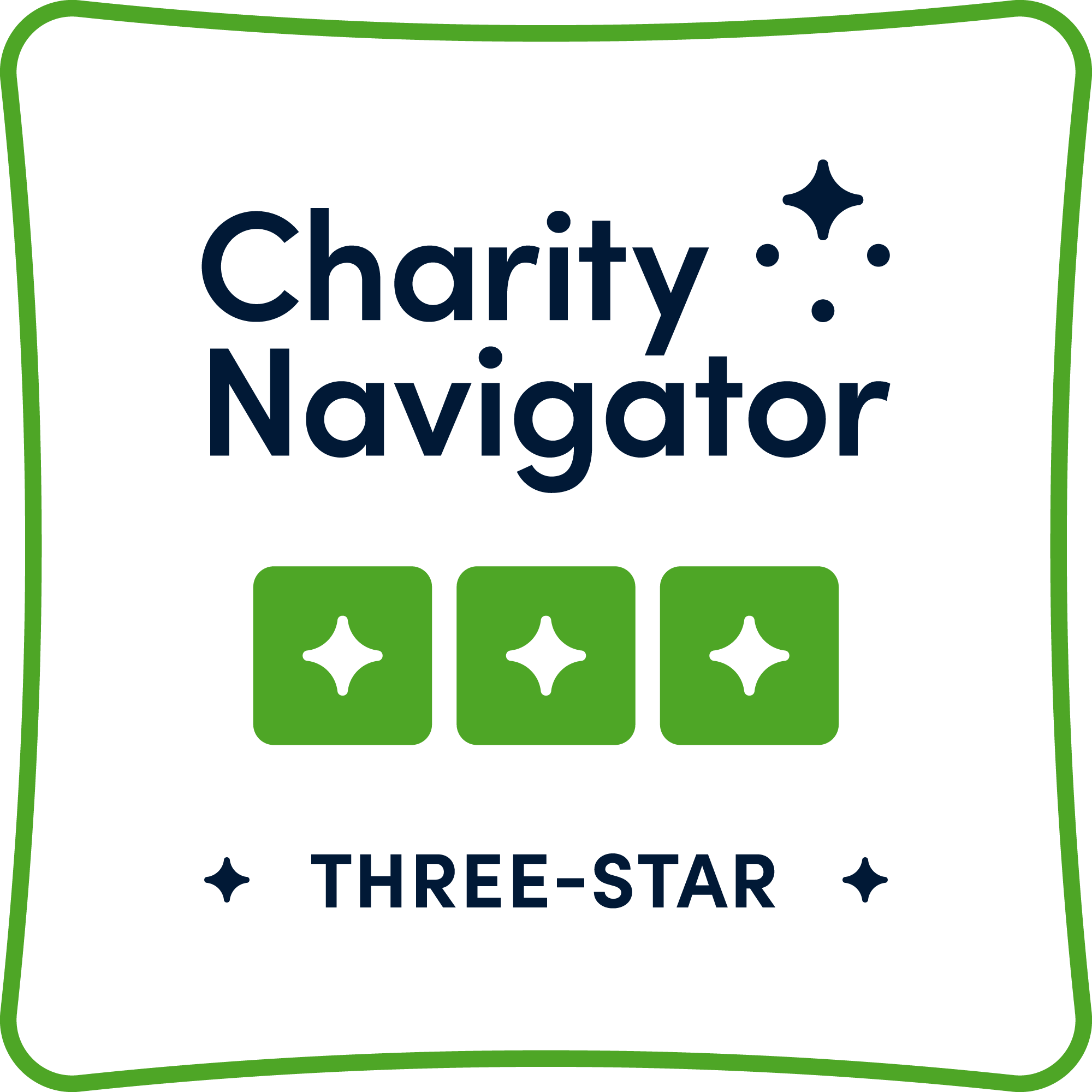Syria
HI operates with many partners inside Syria, providing rehabilitation and psychosocial support to people with disabilities and people injured by violence. The association also conducts clearance operations and risk education sessions to prevent accidents caused by explosive remnants of war. Additionally, HI continues to support survivors of the earthquake that occurred on February 6, 2023.

A Syrian woman, who was paralyzed after being shot when fleeing bombs, holds her daughter. | © Layla Aerts / Handicap International
Our actions
Humanity & Inclusion launched its response to the Syrian crisis first in neighboring countries of Lebanon and Jordan. HI started conducting operations inside Syria in November 2012, before extending its operations to include Syrian refugees in Iraqi Kurdistan in summer 2014.
Today, HI provides physical rehabilitation to people with disabilities or injuries, including provision of artificial limbs and braces. HI also brings psychosocial support to people with disabilities or injuries and their caregivers, and promotes the inclusion of people with disabilities in humanitarian action. HI conducts clearance operations and manages risk education awareness campaigns for the populations to prevent accidents caused by explosive remnants of war.
Following the February 2023 earthquakes, HI provided rehabilitation and mental health care alongside partner hospitals and shelters in northwest Syria.
Areas of intervention
Latest stories

Anoud from Syria: “I Stepped on the Threshold and My Life Changed Forever”
In the Al-Raqqa countryside of Syria, families rebuild lives interrupted by conflict. 55-year-old Anoud is learning to walk again after losing her leg to a landmine explosion.

In Syria, Hatem struggles to rebuild his life
Hatem is among the thousands whose lives have been torn apart by the war in Syria. Injured and displaced, he struggles to rebuild his life.

Resilience Amid Ruins: Nawaf's Journey from Devastation to Hope in Syria
After losing his leg in a bombing, Syrian refugee Nawaf regained the ability to work with a new prosthetic in Zaatari Camp
a life
Background

Almost 400,000 people have been killed in the Syrian conflict, which began in the spring of 2011, and nearly 13 million have been displaced (internally or abroad).
There are nearly 13 million displaced people within Syria or in other countries. More than 14 million are still in need of humanitarian assistance in Syria and more than 4.8 million Syrians have taken refuge in neighboring countries. With the devastating impact of the COVID-19 pandemic and increasing poverty, every day is an emergency for Syrians forced to flee. Access to essential services and care, particularly for those with injuries, disabilities or chronic diseases is very difficult. Obstacles to case-managing Syrian civilians include damage to local infrastructure because of the fighting, travel restrictions placed on civilians, and the inability of international humanitarian organizations to launch large-scale operations due to the current situation on the field, particularly in terms of access and security.
Date the program opened: 2012
Number of HI staff members: 358
Reports
The latest publications
> Explosive Weapons Monitor 2024 (pdf, 6.32 MB)> Leaving No One Behind: Persons with Disabilities in the Syrian Humanitarian Response (pdf, 751.79 KB)
> Explosive Ordnance Contamination in Syria (pdf, 1.63 MB)
> Explosive Weapons in Populated Areas (EWIPA), Contamination and Mine Action in Syria (pdf, 573.16 KB)
More > News


















